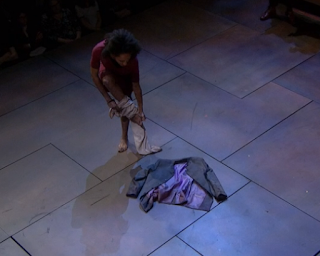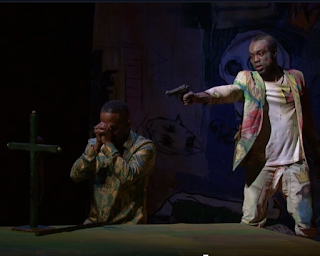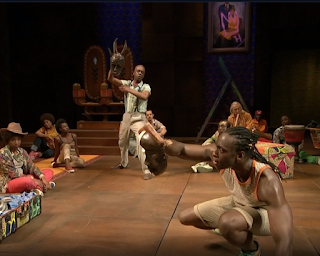A Word On Structure And Form

In case you haven't had enough examination feedback, I'm sharing even more: this time on t he first part of the exam question which invited you to discuss the passage from Act 1 Scene 2, lines 65-120, exploring Shakespeare's use of language and its dramatic effects. This scene is a gift, as it offers Hamlet’s first words and actions of the play. Because it is Shakespeare, of course they are rich with imagery and ideas that set up all sorts of themes and conflicts for the rest of the play - so there is plenty to discuss. You are interested in how Shakespeare shapes meaning through the interplay of language, form and structure . It is, in many ways, easier to deal with all three together, since that word 'interplay' is quite important. Form is really concerned with aspects of genre that appear within a text, as well as the 'form,' or type, of the text itself, in this case a play, and specifically, a Shakespearian tragedy. Form might also inclu...




